Your garden might seem like a peaceful oasis, but it’s also home to far more sinister creatures than they appear. While most insects are harmless or helpful, some pack a venomous sting or painful bite or are a nasty surprise. Let’s uncover 15 deadly insects that could be lurking in your garden right now.
1. Black Widow Spiders: The Glossy Danger Queens
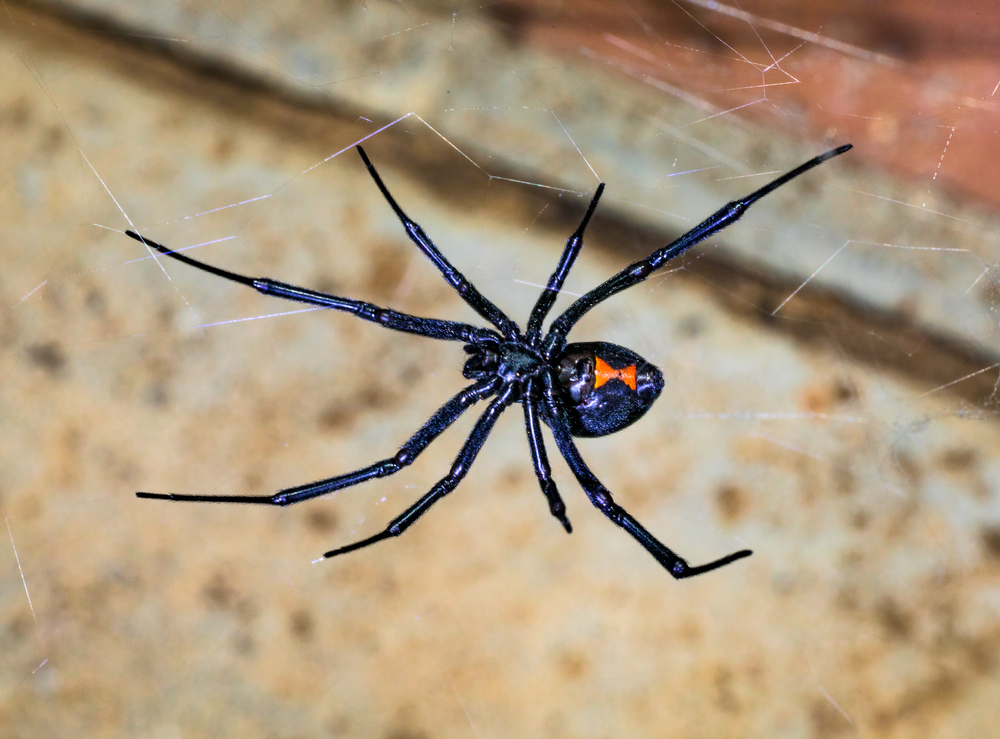
Black widows are infamous for their glossy black bodies and red hourglass markings. Often hiding in dark corners of sheds, under garden furniture, or in woodpiles, these spiders deliver venom that can cause severe pain, muscle cramps, and nausea. While bites are rarely fatal, they can be dangerous, especially to small children or the elderly. If you spot one in your garden, it’s best to keep your distance.
2. Fire Ants: The Swarming Stingers
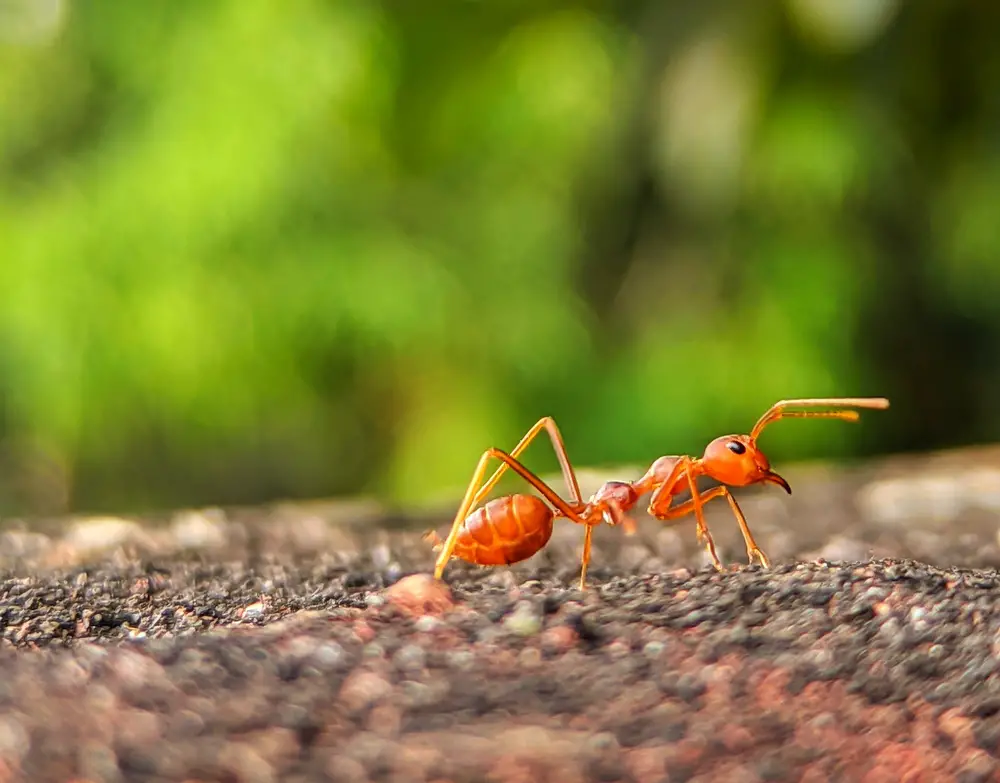
Fire ants may look like harmless little insects, but disturbing their nest can unleash a storm of pain. These tiny, reddish ants are incredibly aggressive, swarming their victim and delivering multiple venomous stings. The venom causes a burning sensation (hence their name), swelling, and, in some cases, severe allergic reactions. Their nests can often be found in grassy areas, so tread carefully in your yard.
3. Giant Asian Hornets: The Flying Predators
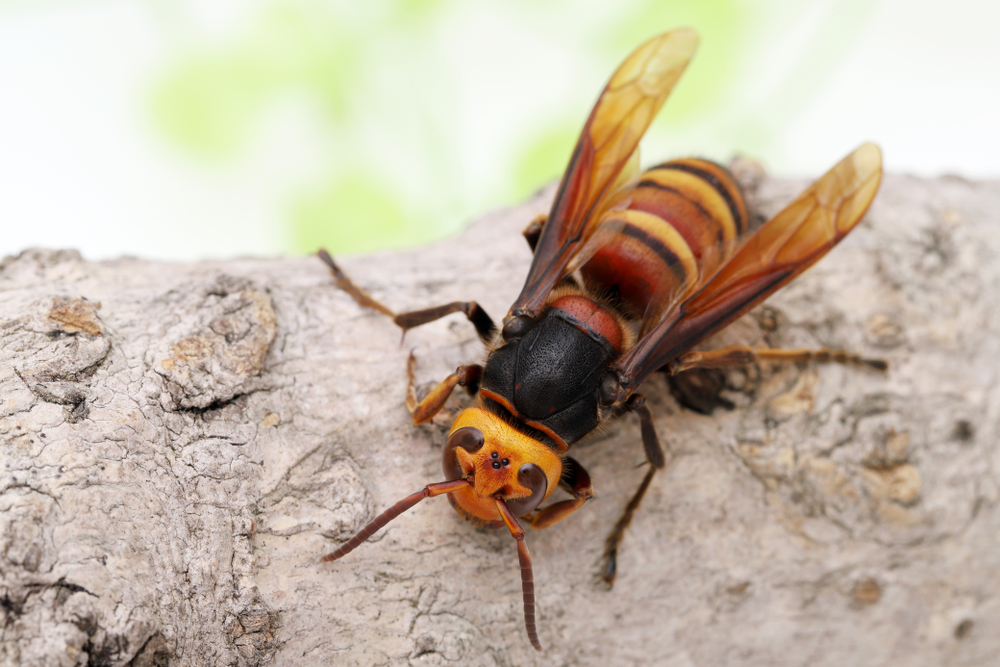
Often dubbed “murder hornets,” giant Asian hornets have earned their terrifying reputation. These large, aggressive insects pack a venomous sting that causes excruciating pain, tissue damage, and, in severe cases, death. Found in parts of Asia and recently spotted in North America, these hornets also pose a threat to honeybee populations. If you see one in your garden, it’s best to steer clear and call pest control.
4. Brown Recluse Spiders: The Silent Biters
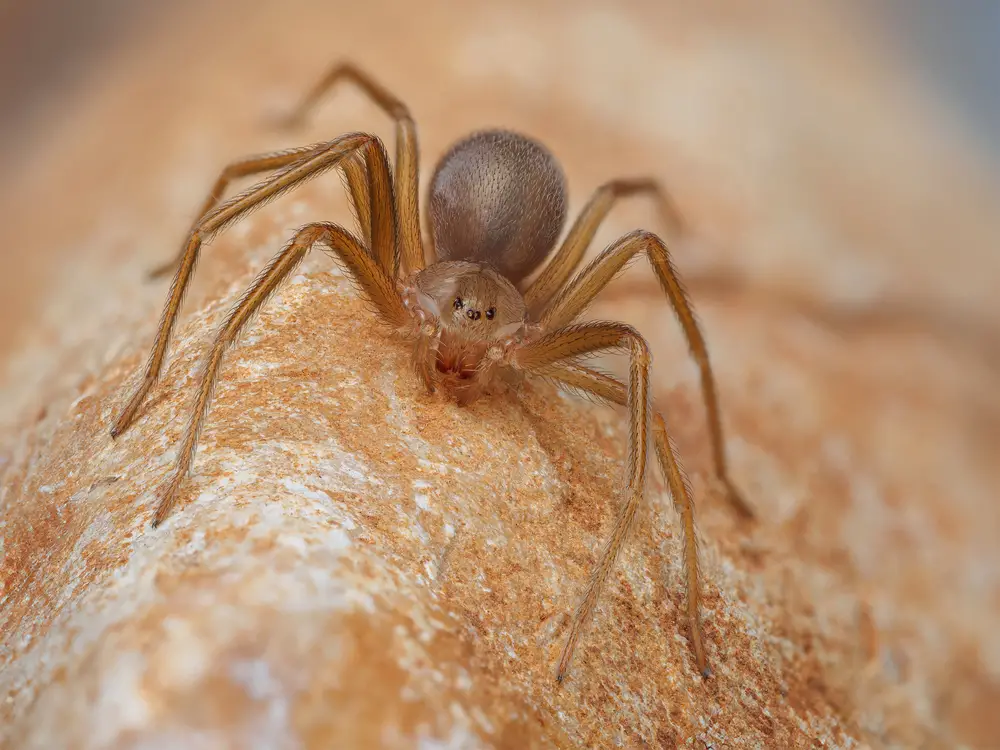
Brown recluse spiders are shy but dangerous. With their violin-shaped markings, they often hide in woodpiles, under stones, or in garden sheds. Their bite may not hurt initially, but their venom can cause necrosis, leading to tissue damage and painful ulcers. These spiders are masters of hiding, so always wear gloves when working in your garden to avoid an unpleasant surprise.
5. Assassin Bugs: The Masked Predators
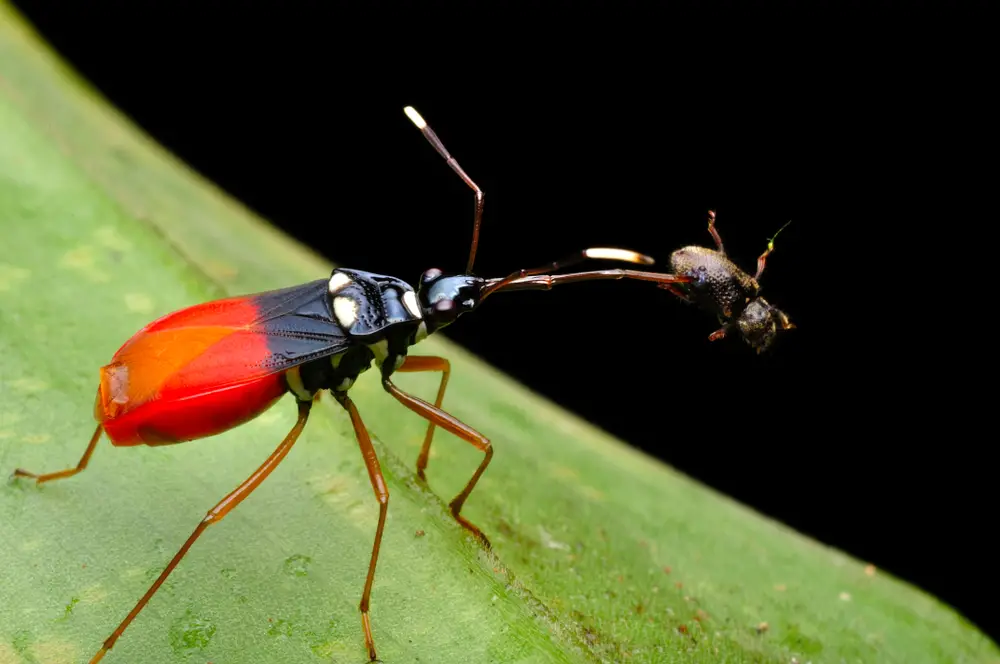
Assassin bugs may have a cool name, but their bite is anything but fun. Found in gardens and grassy areas, these insects use their piercing mouthparts to inject venom into their prey. While their bite is rarely fatal to humans, it can cause severe pain, swelling, and, in some regions, transmit Chagas disease. Their predatory nature and stealth make them one of the garden’s hidden threats.
6. Ticks: The Silent Bloodsuckers
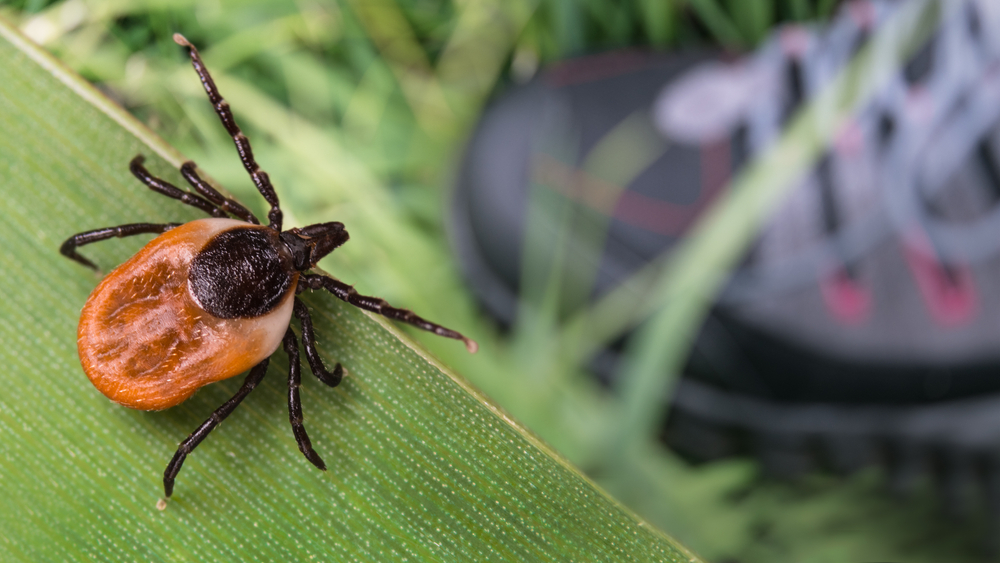
Ticks are tiny but dangerous parasites that hide in tall grass and shrubs, waiting to latch onto unsuspecting hosts. These bloodsuckers can transmit a range of diseases, including Lyme disease and Rocky Mountain spotted fever. Their small size makes them difficult to detect, so after spending time in your garden, always check your skin and clothing to ensure one hasn’t hitched a ride.
7. Bullet Ants: The Painful Invaders
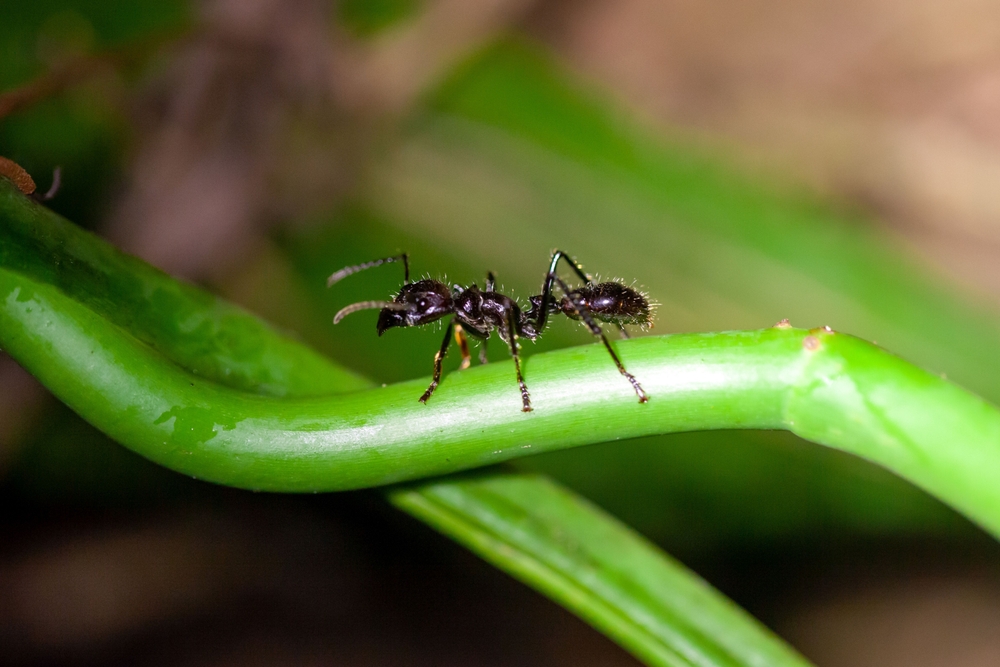
Found in Central and South America, bullet ants are known for their excruciating sting, often described as feeling like a gunshot. While they’re unlikely to invade your garden unless you’re in their native habitat, their painful sting and aggressive nature make them worth mentioning. These ants prefer nesting near tree roots and fallen logs, so tropical gardens should be on high alert.
8. Velvet Ants: The Misleading Beauties
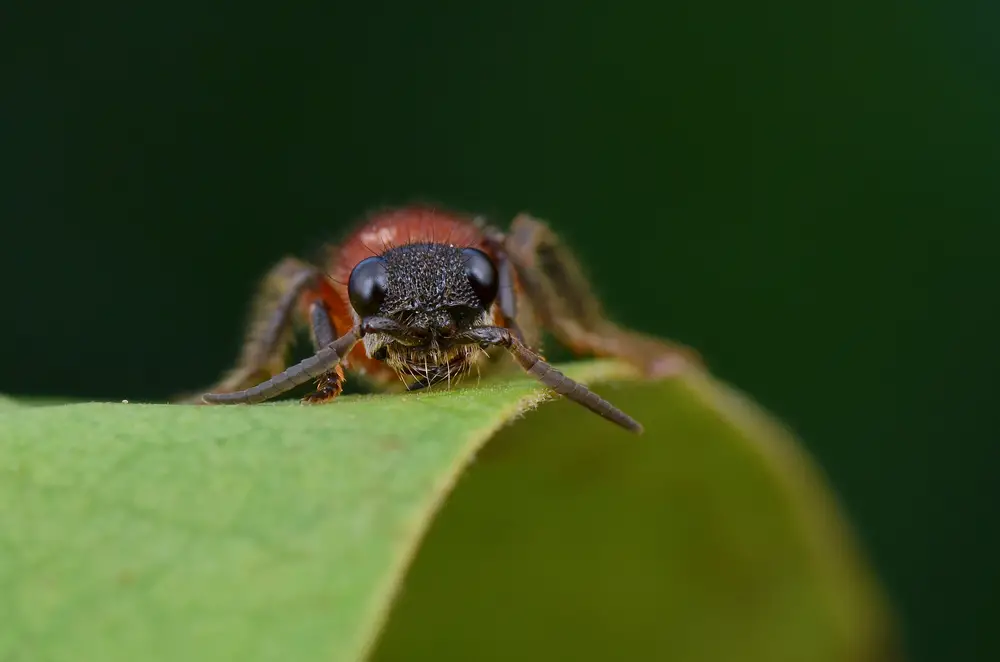
Also known as “cow killers,” velvet ants are actually wingless wasps with bright, fuzzy bodies. Found in sandy areas or near flowers, their sting is one of the most painful in the insect world. Despite their beauty, these insects are highly aggressive when threatened. If you spot one in your garden, admire it from a safe distance—don’t let its cute appearance fool you.
9. European Hornets: The Noisy Threats
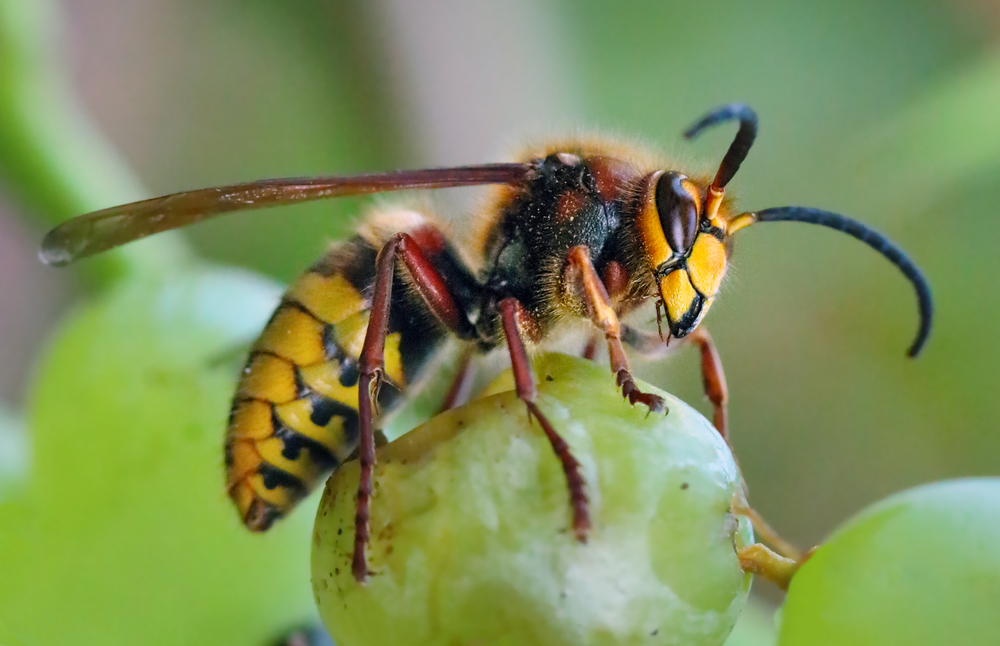
European hornets are large, noisy, and highly territorial. Found in gardens near hollow trees or bushes, these hornets can deliver multiple venomous stings. Their venom can cause extreme pain, swelling, and allergic reactions, making them a serious hazard. If a nest is nearby, avoid disturbing it, as these hornets will aggressively defend their home.
10. Blister Beetles: The Chemical Burners
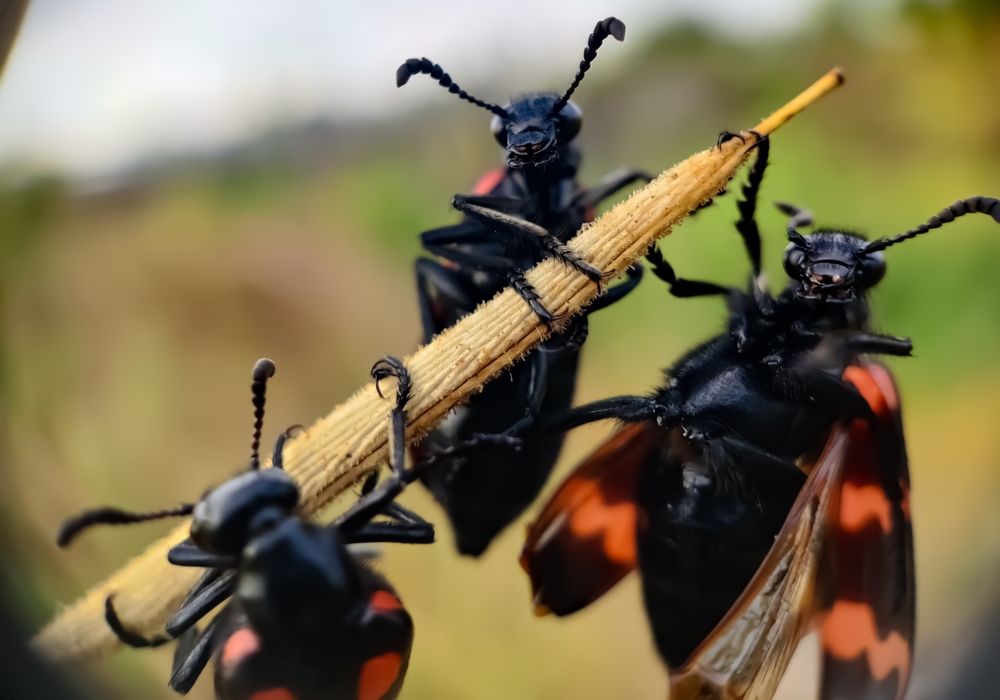
Blister beetles may look harmless, but their defense mechanism involves releasing a toxic chemical called cantharidin, which causes painful blisters on human skin. Found near flowering plants, these beetles can easily transfer their toxin if accidentally handled. While they’re not aggressive, their chemical defense can leave you with a nasty surprise if you encounter them in your garden.
11. Scorpions: The Nocturnal Hunters
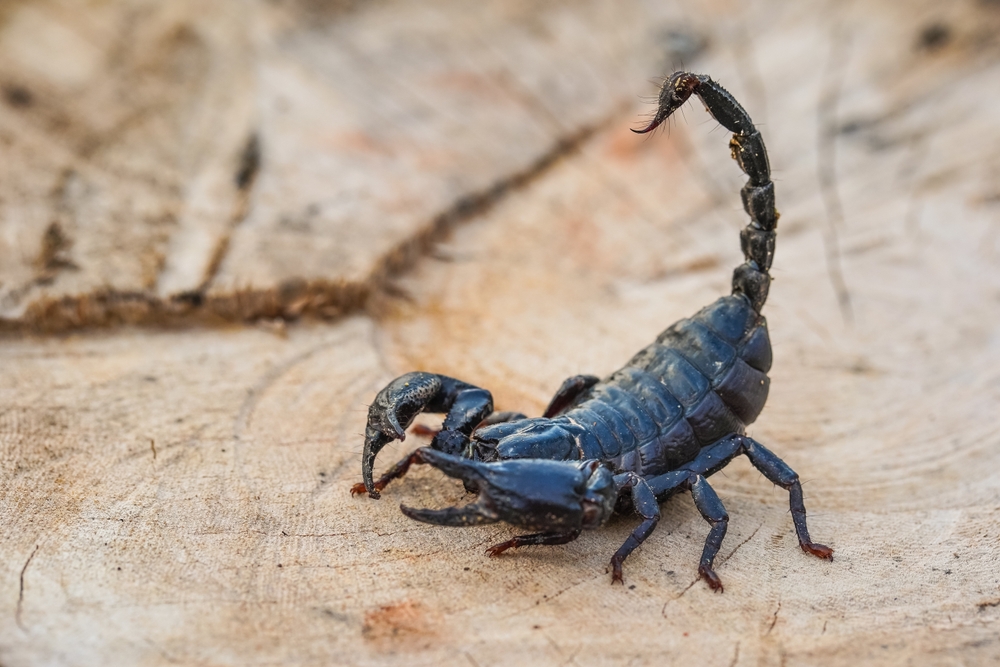
Scorpions aren’t limited to deserts—they can also be found in gardens, especially in warmer climates. Hiding under rocks, logs, or flowerpots, these nocturnal predators use their venomous stingers to immobilize prey. While most scorpions aren’t deadly, their stings can cause intense pain and swelling. Always be cautious when moving items in your garden to avoid an unexpected encounter.
12. Cicada Killers: The Intimidating Flyers
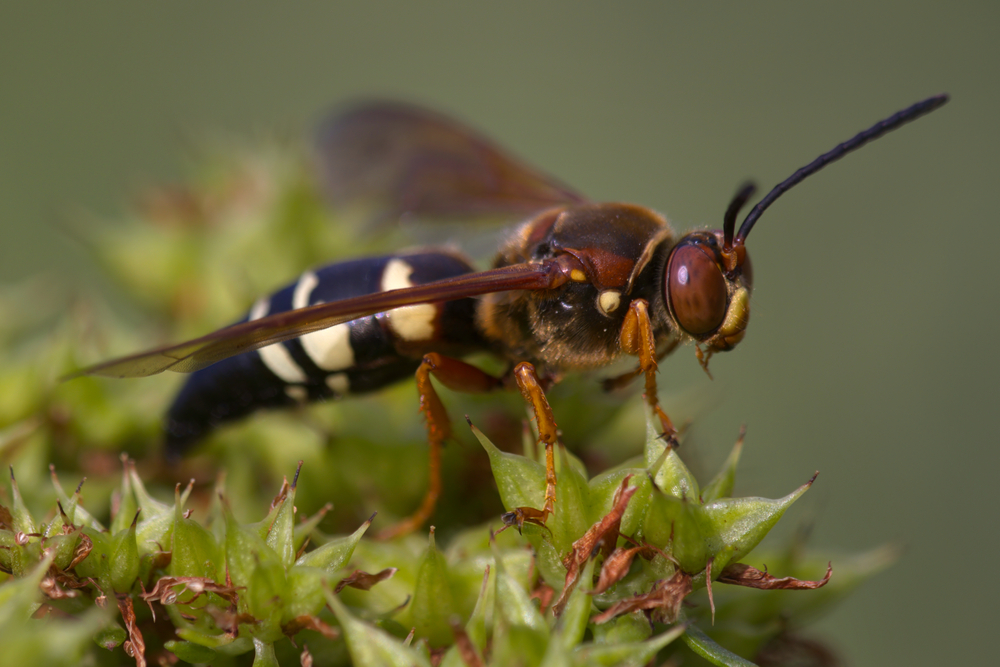
Cicada killers are large wasps that can be terrifying to encounter due to their size and buzzing flight. While they rarely sting humans, their venom is potent enough to paralyze cicadas, their primary prey. Found in sandy or loose soil, they dig burrows to lay their eggs. Their menacing appearance and territorial behavior can make them unwelcome guests in any garden.
13. Mosquitoes: The Disease Carriers
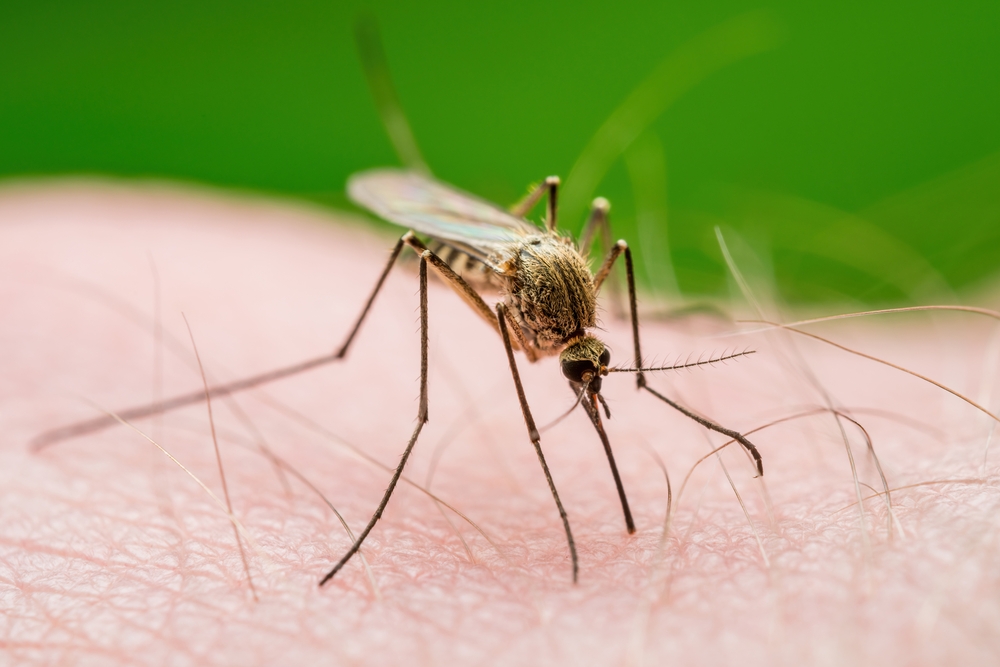
Mosquitoes are more than just annoying—they’re one of the deadliest insects in the world due to the diseases they transmit, including malaria, dengue, and West Nile virus. Breeding in standing water, they can quickly turn a peaceful garden into a danger zone. Using mosquito-repellent plants and eliminating stagnant water are essential steps to keeping these tiny killers at bay.
14. Kissing Bugs: The Stealthy Biters
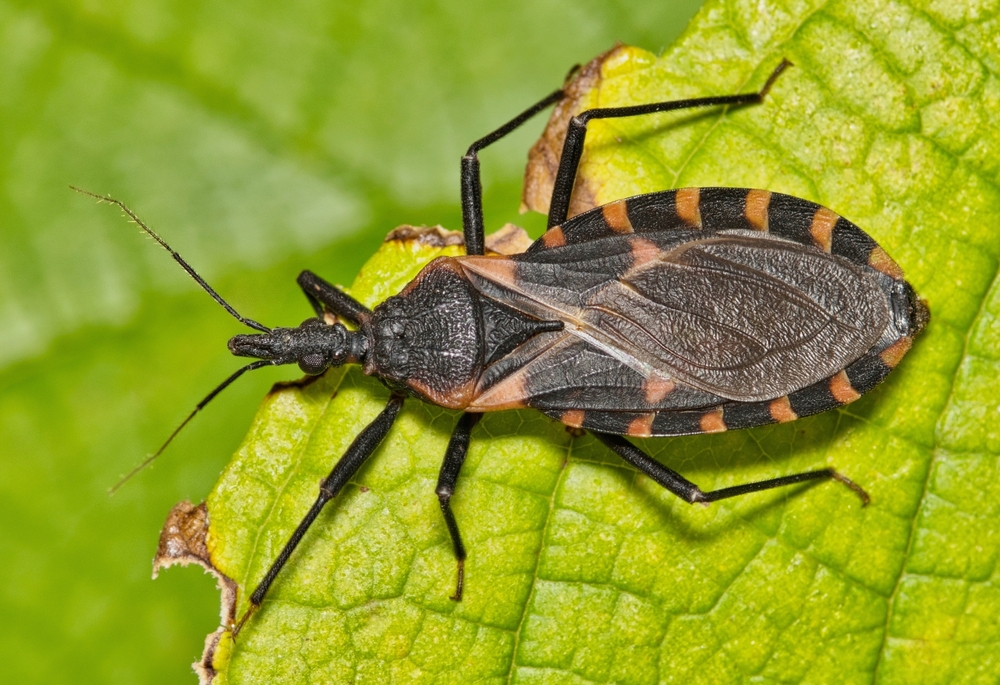
Kissing bugs, also known as triatomine bugs, are nocturnal insects that feed on blood. They often hide in crevices or under debris during the day, making them hard to spot. Their bites can transmit Chagas disease, which can lead to severe health complications. If your garden has clutter or organic debris, it’s worth tidying up to discourage these dangerous insects.
15. Asian Lady Beetles: The Misunderstood Menace
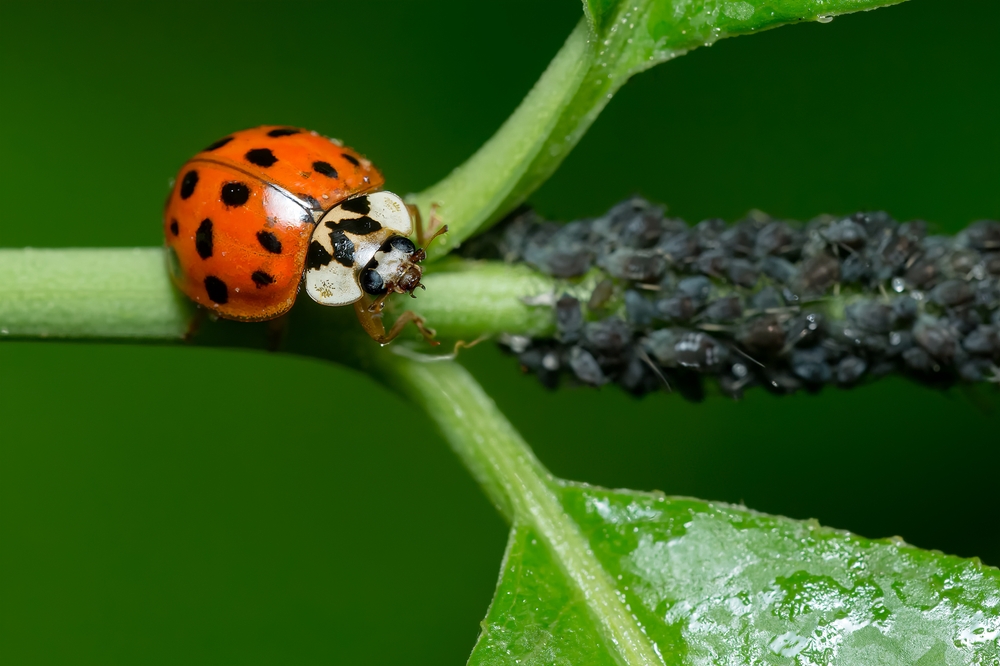
While they look similar to the harmless ladybug, Asian lady beetles are far more aggressive. When threatened, they release a yellow fluid that can cause skin irritation and allergic reactions. They often gather in large numbers, especially in warm climates, and can become a nuisance in both your garden and home.
